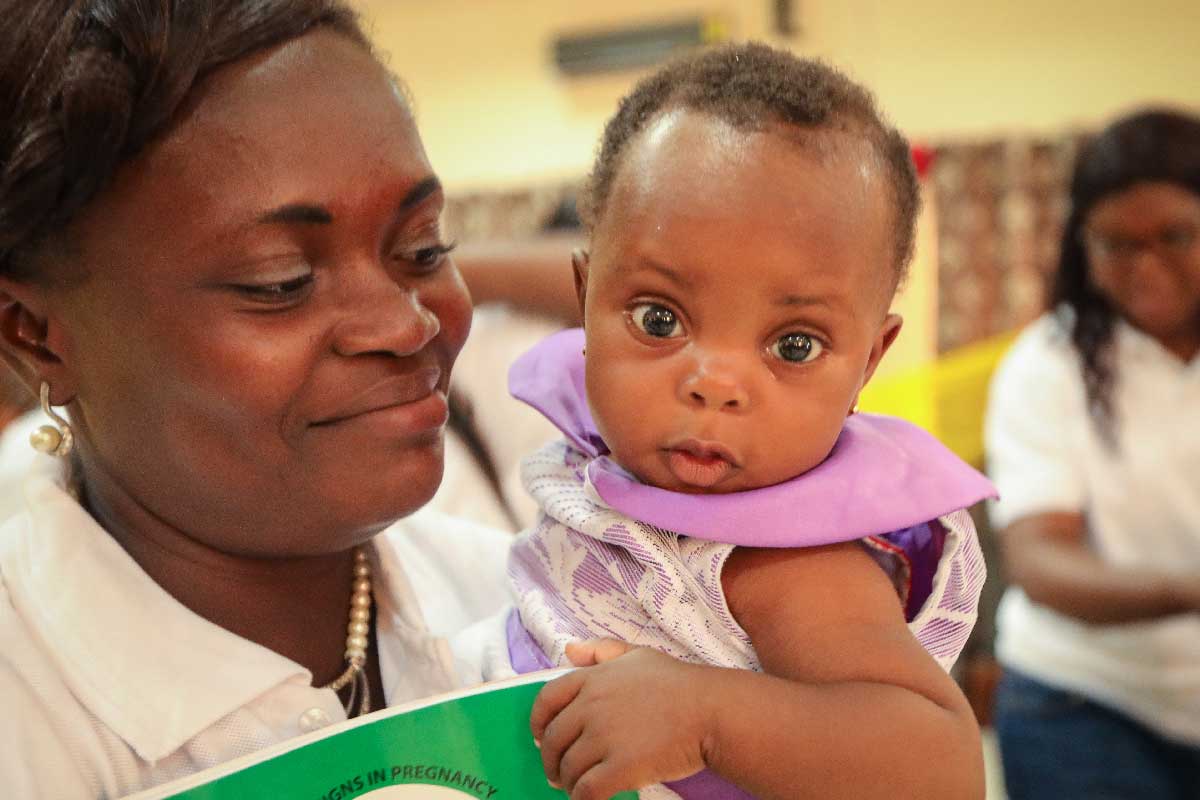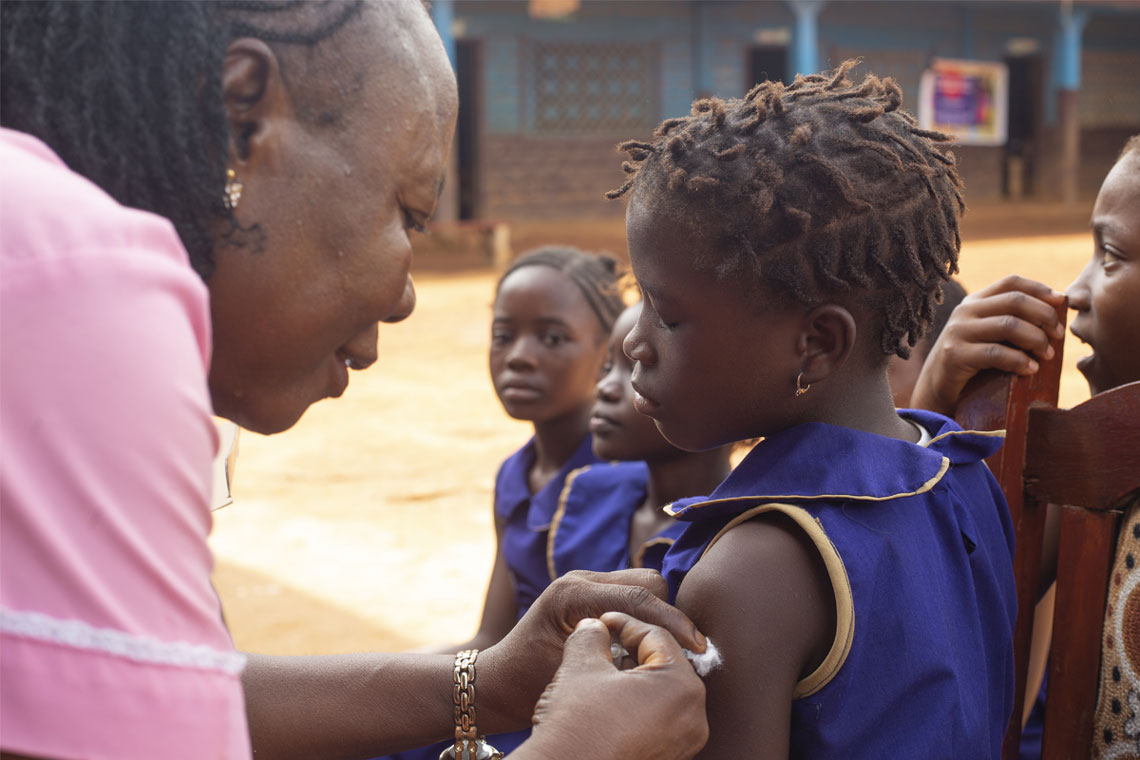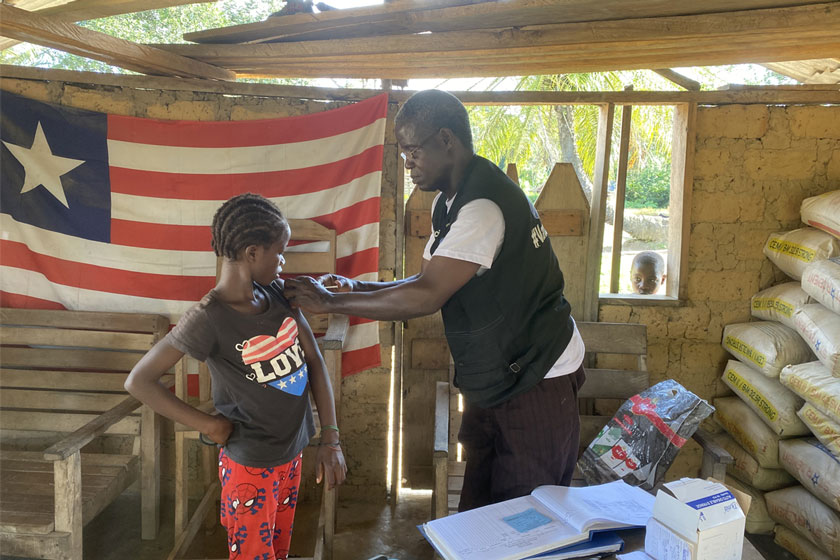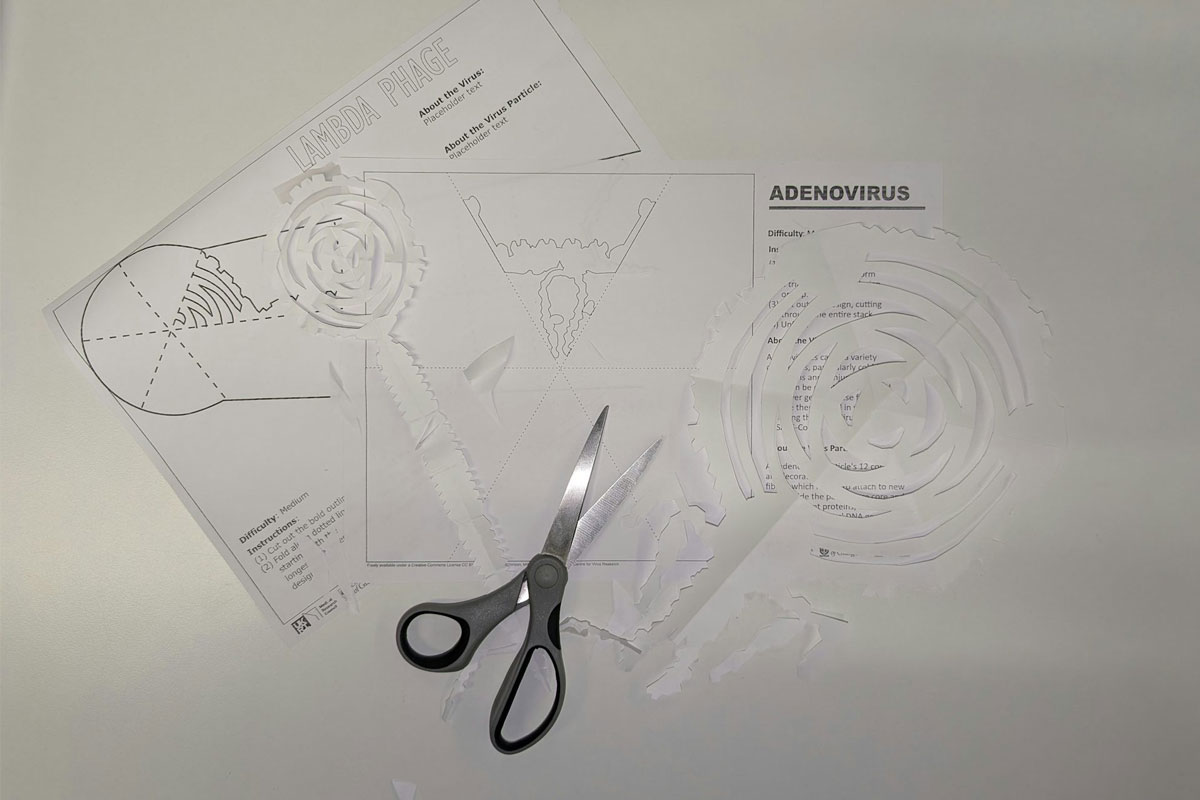Secrets of the dangerous bacteria lurking in hospital drains
Study suggests drains could serve as reservoirs for known and novel bacteria, even in modern hospitals.
- 14 February 2025
- 3 min read
- by Linda Geddes
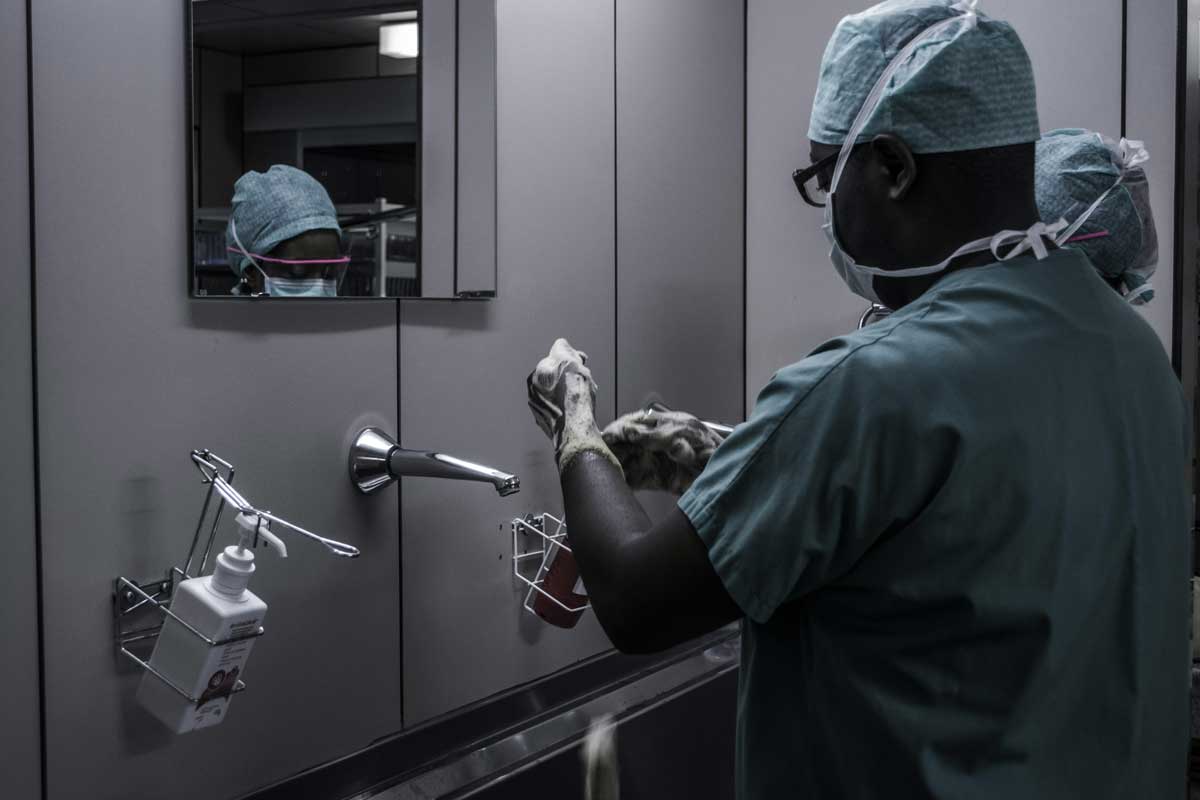
People go to hospital in the hope of being cured, but sometimes acquire new infections while they are there.
A new study has shed light on the diversity of bacteria lurking in hospital drains and how they could be a reservoir for antimicrobial-resistant infections.
Hospitals are a hotbed of bacterial diversity, accumulating species from people of all ages, from various body parts and the outside world.
The widespread use of antibiotics in hospitals, combined with poor ventilation and an abundance of weakened individuals in which to grow, also tends to select for the emergence of particularly hardy or resistant strains of bacteria.
Many of these bacteria will end up in hospital drains as a result of handwashing and hospital cleaning.
The worry is that these hidden communities may not only serve as reservoirs for bacteria that could cause infections, but could also be the perfect environment in which diverse bacteria can swap antimicrobial resistance genes, resulting in new strains of disease-causing bacteria.
Disinfected drains
Understanding the microbial complexity of hospitals and how they change over time is essential for effective infection control.
To investigate what might be happening in the plumbing of a modern hospital on the Spanish island of Majorca – where sinks and drains are routinely cleaned with bleach, and disinfected with chemicals and pressurised steam each fortnight – researchers swabbed six drains in five different wards, four times between February 2022 and February 2023.
The bacteria on these swabs were then cultured, identified through their DNA and tested to see if they were resistant to various antimicrobial agents.
The study, published in Frontiers in Microbiology, identified a total of 67 different species from the drains. “The bacteria we found may originate from many sources, from patients, medical personnel, and even the environment surrounding the hospital,” said study senior author Prof Margarita Gomila at the University of the Balearic Islands in Spain. “Once established in sink drains, they can spread outwards, posing significant risks to immunocompromised patients above all.”
The greatest diversity was in general medicine and intensive care wards, but even a new intensive care unit that opened in July 2022 showed a high level of diversity from the outset, similar to that of a longer-established intensive care ward.
The bacterial diversity in most drains also went up and down over time with no clear pattern.
Have you read?
Antibiotic resistance
Among the species identified in the drains was Pseudomonas aeruginosa, a known cause of ventilator-associated pneumonia and sepsis that the World Health Organization has characterised as one of the greatest threats to humans in terms of antibiotic resistance. In the present study, 21% of P. aeruginosa isolates were found to be resistant to at least one class of antibiotics.
Other notorious hospital pathogens included Klebsiella pneumoniae, which was found in the general medicine ward, and Enterobacter mori and Enterobacter quasiroggenkampii, which were found in the short-stay ward.
Multiple Klebsiella and Enterobacter strains were found to be resistant to the third-generation antibiotic cephalosporin, but not to the carbapenems commonly used against multidrug-resistant infections.
“Here we show that hospital sink drains host bacterial populations that change over time, despite impeccable cleaning protocols in the particular hospital we looked at,” said Gomila. “These results highlight that controlling bacterial growth in drains, and preventing colonisation by new strains of such hard-to-disinfect niches, is likely a global problem.”
The study’s first author, José Laço, a PhD student at the University of the Balearic Islands, added that while cleaning protocols are important and should be frequently applied, “to get to the bottom of the problem, it’s essential to study the source of these bacteria and their routes of transmission.”



